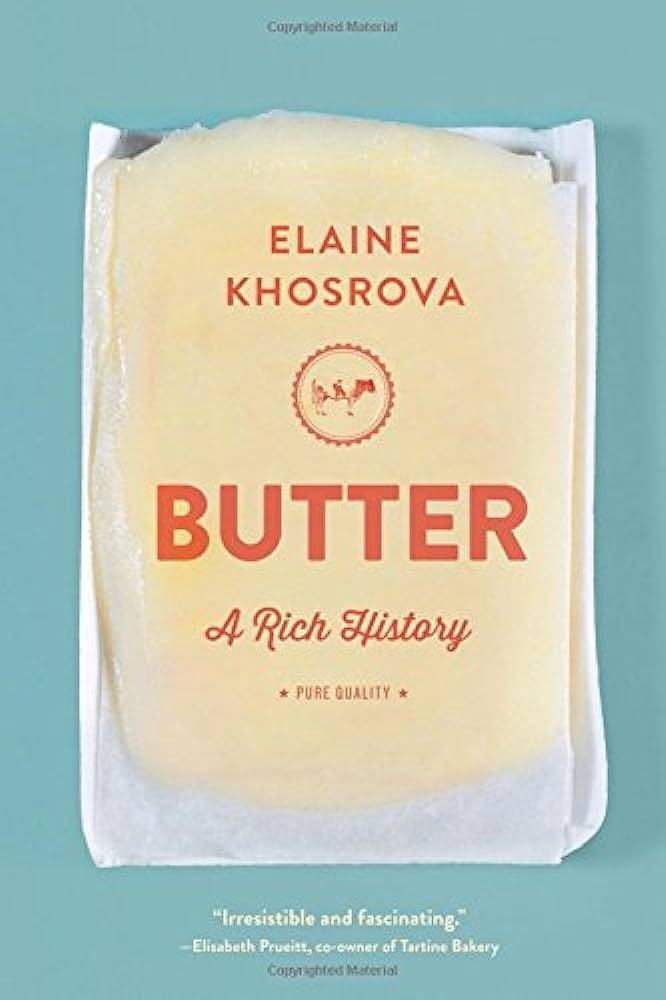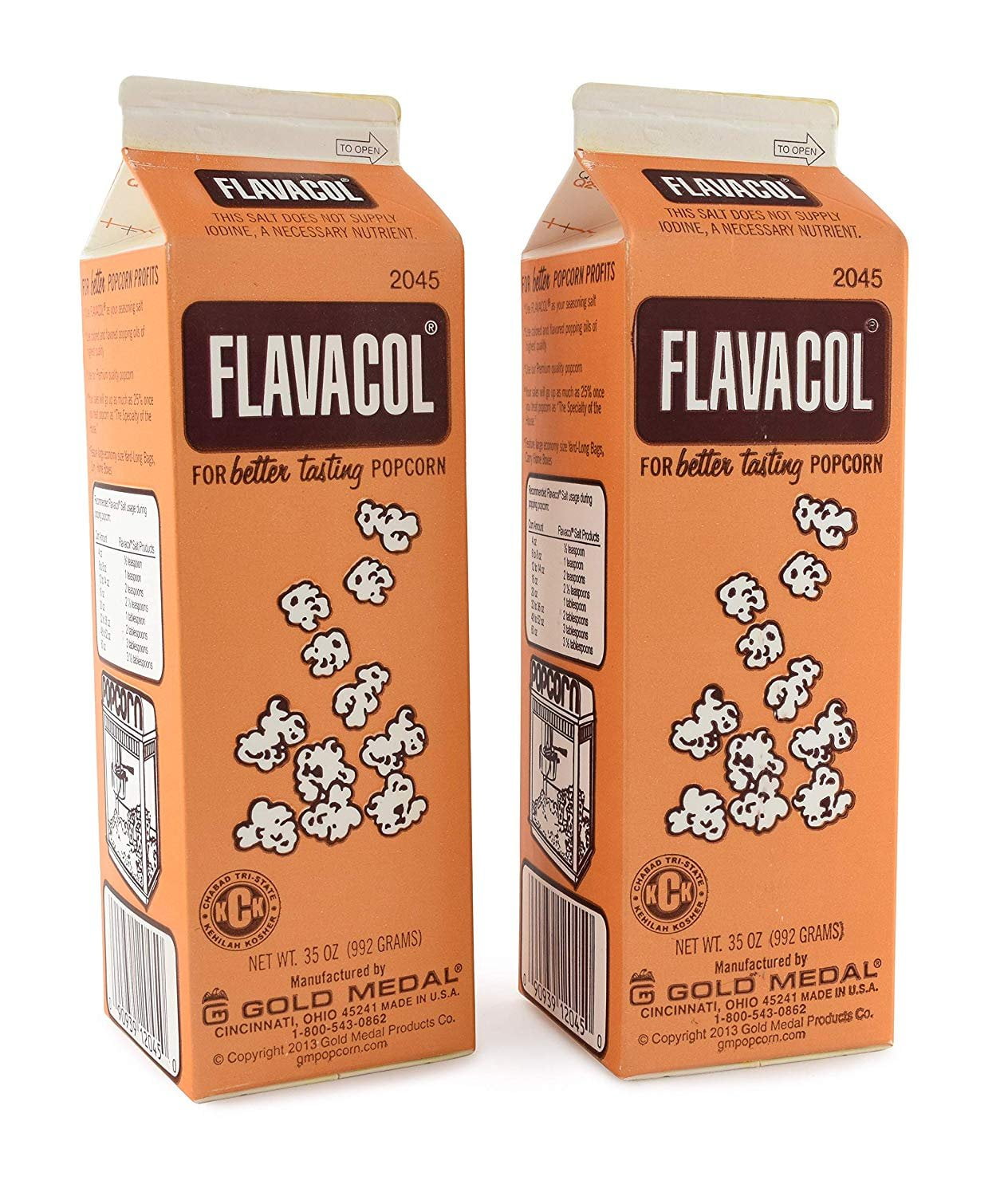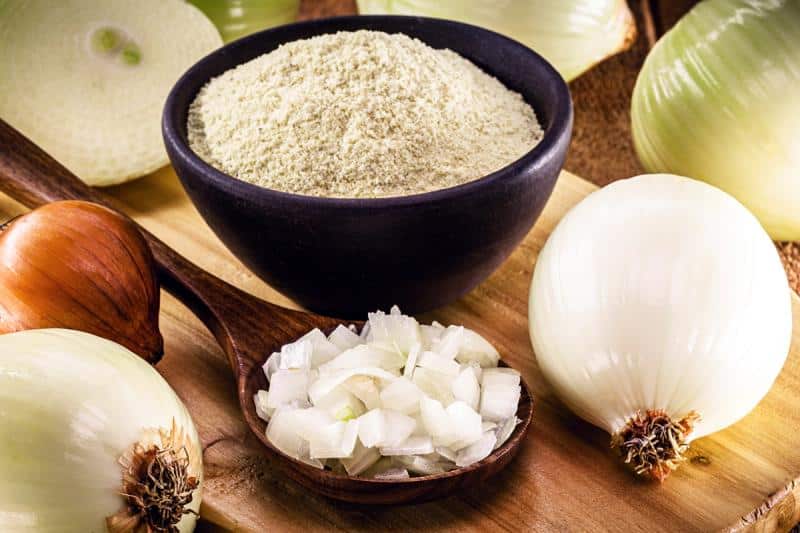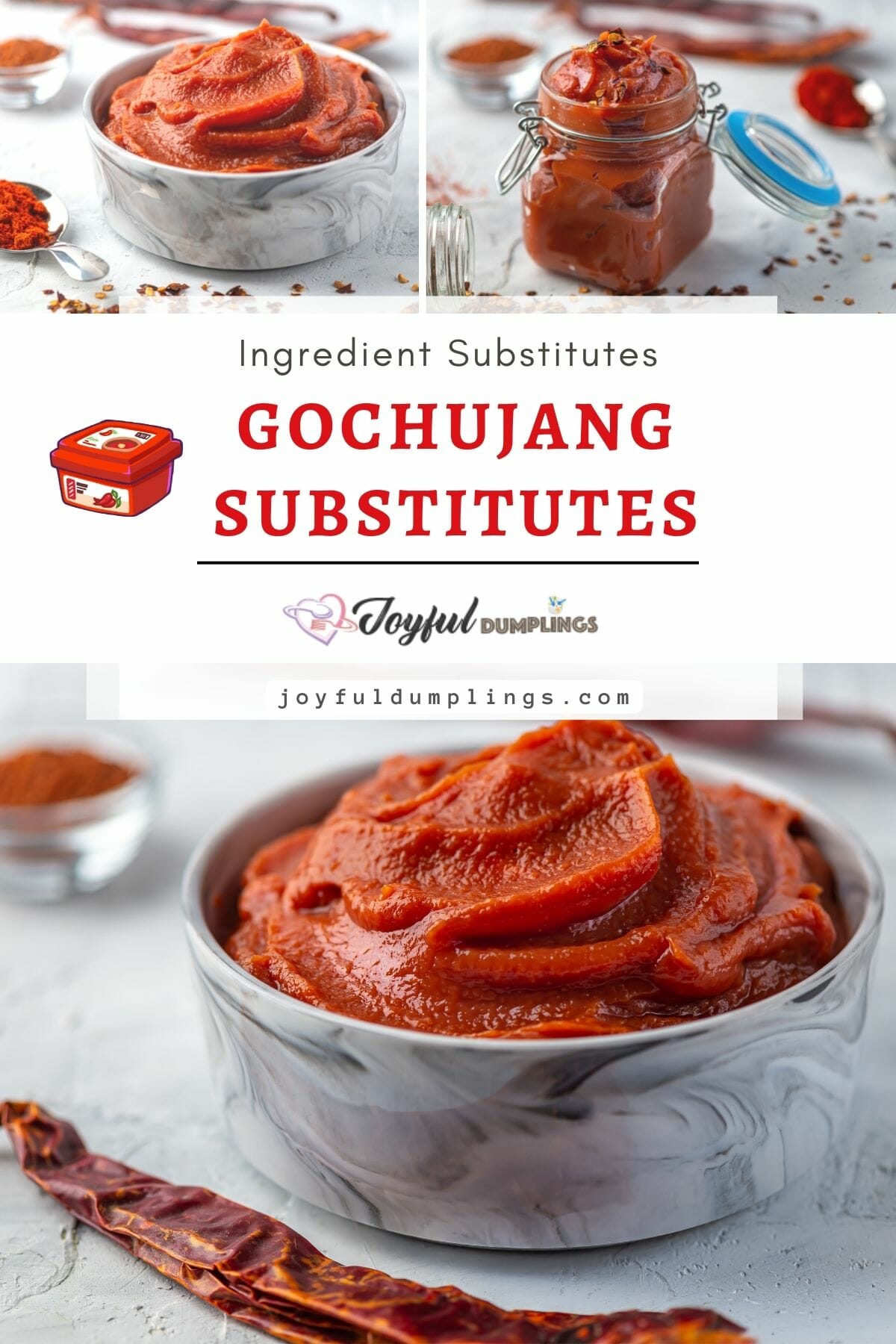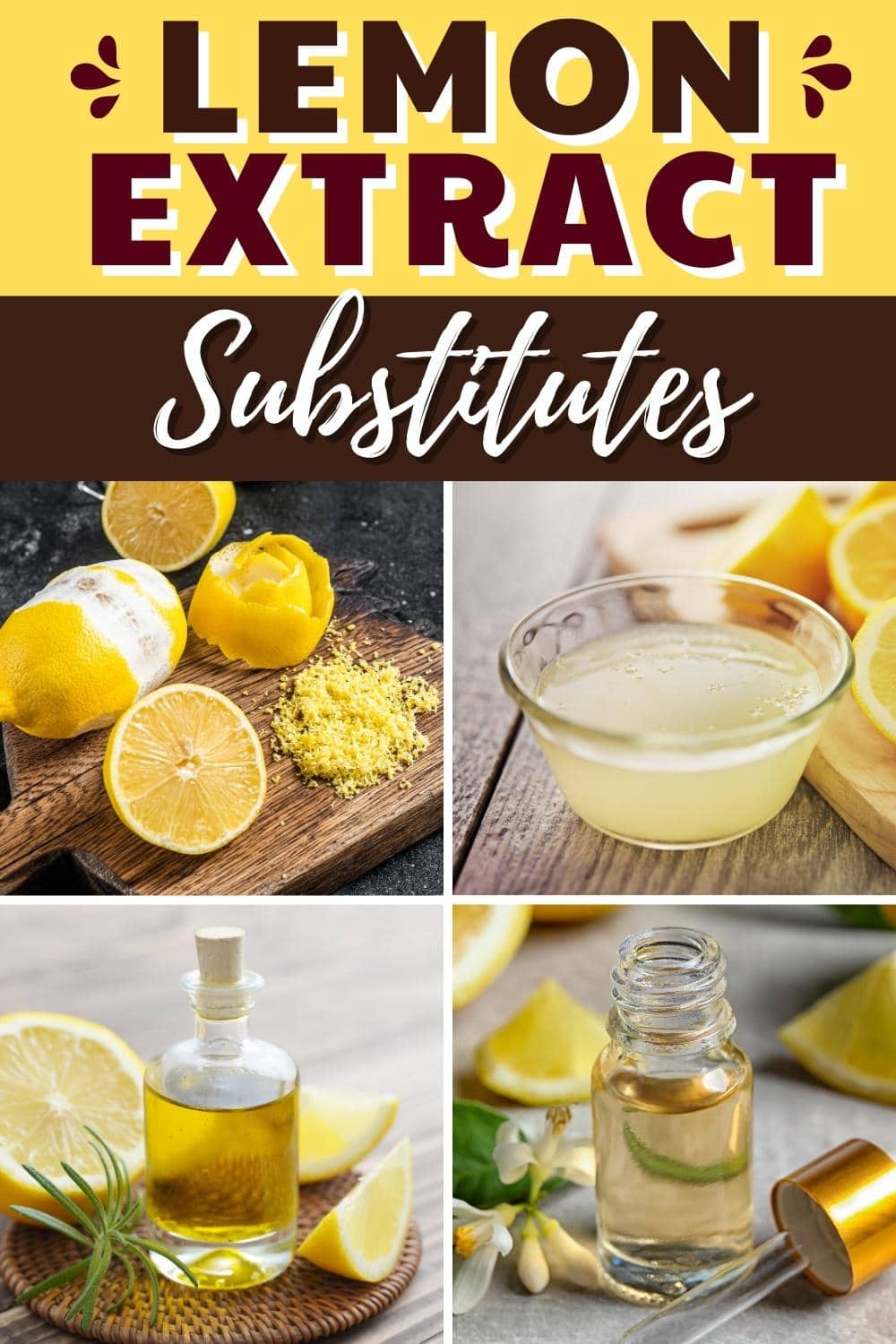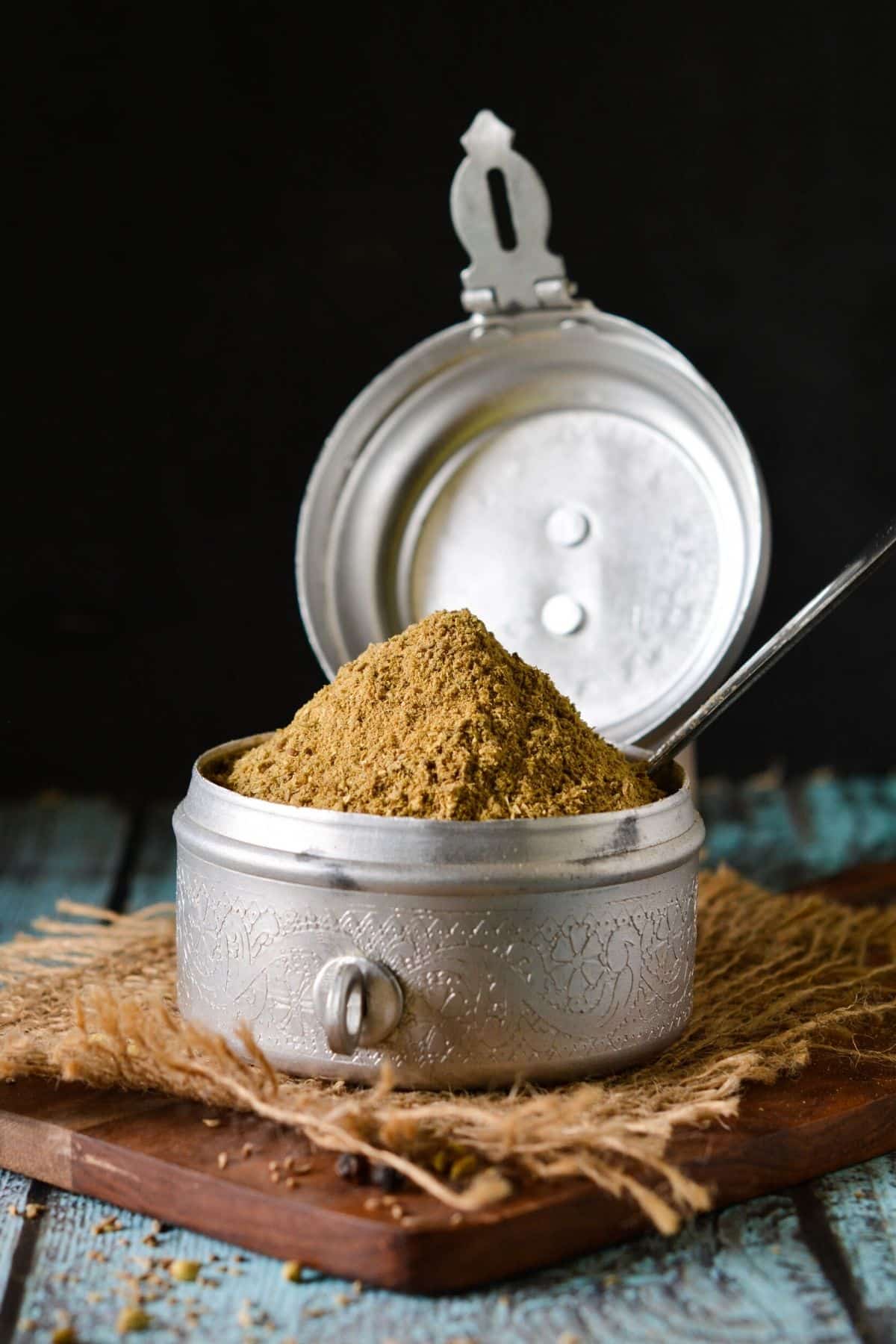Butter Flavoring: Exploring its Origins, Safety, and Usage
– Butter flavor is commonly found in ice creams, microwave popcorn, and other grocery store foods.
– The flavor is created by isolating compounds like diacetyl, acetyl propionyl, or acetoin.
– These compounds can be sourced from butter, soybeans, or other oils.
– Mixing these compounds with water and other ingredients creates a rich buttery flavor.
– In the 2000s, the government identified dangers of improper handling of large quantities of butter flavor by workers.
– These issues have been addressed and corrected.
– The federal government has stated that consumers can enjoy butter flavor without much worry.
– Many grocery store foods use butter flavorings instead of real butter.
– Butter extract is a flavoring used in cooking that mimics the taste of butter.
– Butter extract can be found in most grocery stores and is commonly used in baking.
– It does not contain lactose and can be used before or after cooking.
– Butter extract can be substituted with other flavorings such as vanilla.
– A homemade version of butter extract can be made by boiling butter and water and straining the liquid.
– Butter is the closest substitution for butter extract and is commonly used in various recipes.
– European style or cultured butter can have a high fat content.
– Vanilla extract is made from vanilla beans and alcohol, with the flavor becoming richer with more alcohol.
– The best vanilla extract is made solely from beans without any additives.
– Olive oil is made from pressing fresh olives and is considered to be a healthier fat.
– Olive oil can be used as a substitute for butter extract in multiple food preparations.
– Different grades of olive oil have varying intensities of flavor.
– Choosing a higher grade olive oil can provide a stronger flavor.
– Canola oil is a favorite cooking oil worldwide and can be used for high-heat cooking such as frying, baking, and sautéing.
– Almond extract is produced from bitter almonds mixed with ethyl alcohol and is commonly used in baked goods or desserts.
– Almond extract pairs well with fruits but should be used sparingly due to its intense flavor.
– Butter is often blamed for contributing to heart disease due to its high saturated fat content.
– Studies suggest that butter can promote better health when used in moderation.
– Grass-fed butter is considered to have a higher nutrient content compared to butter from cows fed processed diets.
– There are many substitutes for butter extract that can achieve the same purpose and enhance the taste of meals.
